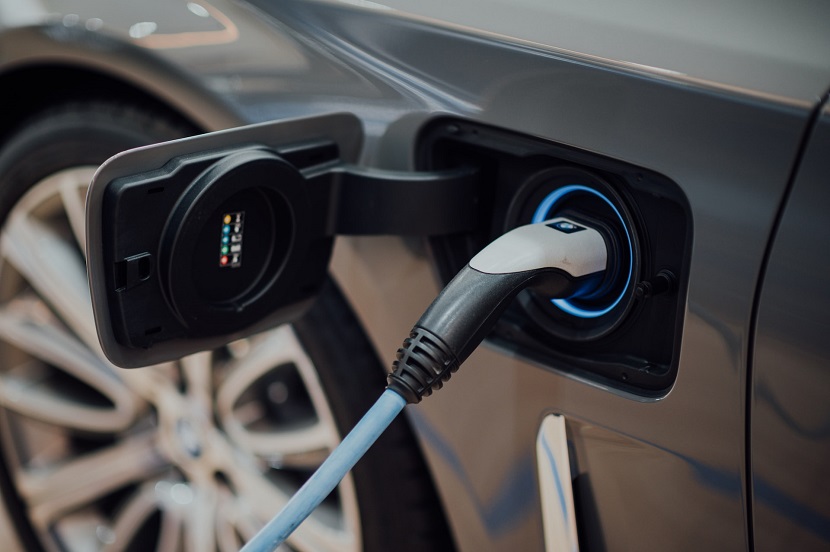The automotive business is enormous and widely known. Most people are familiar with automobile companies and have an opinion regarding the top new cars and trucks available. Auto stocks have attracted a lot of interest from investors for decades and most likely will for decades to come because of this perception. In the current economic context, the auto industry is changing quickly, particularly with the rise of electric vehicles.
Automakers can have a thrilling year in 2023 as they figure out how to keep their businesses profitable, control their inventory levels as supply chain issues vanish, and look toward the future with electric vehicles. These are some predictions for the global auto stocks for 2023, as well as some potential investment opportunities in particular automakers.
How do you interpret the auto stocks?
To track an automobile company‘s financial performance, investors frequently look at operating income, or EBIT (earnings before interest and taxes), as well as operating, or EBIT margins (determined by dividing profits by total revenue). In addition to research and development costs, which can be very costly in the automobile sector, these costs also cover the direct costs of producing and shipping vehicles. Interest costs and taxes that are less directly tied to the company’s continuous operations are excluded.
Automakers frequently provide adjusted data, which are helpful for understanding the business’s underlying performance since they take one-time costs and gains like write-offs and tax windfalls out of the equation. Finance organizations that offer loans and leases to customers and dealers are often subsidiaries of manufacturers. For investors, they may complicate automotive financial statements. Most automakers offer debt and cash flow figures tailored to their primary car making companies, frequently referred to as “automotive” or “industrial” metrics, in order to assist. You can compare them different automakers and use them to comprehend a company’s debt.

Auto stocks forecast for 2023
Automobile manufacturers are searching for new sources of income and are focusing on the wallet of the consumer. In 2023, new automobile prices will rise even as supply chain problems start to subside. With items like heated seats and steering wheels, driving assistance systems, and connecting to a vehicle via a smartphone app, many automakers are developing subscription plans. Customers should anticipate more subscription options and more expensive prices for features they’ll want.
The supply chain issues that have beset the automotive sector for the past two years are improving. Backorders are being filled, and normal manufacturing is expected to begin in 2023. There’s a chance that cars will overwhelm the marke. These objects might or might not be simple to absorb. If this happens and plenty of automobiles languish on dealership lots, automakers run the risk of having to lower the price of their product.
Toyota has made the most investment in this technology, and fuel cell electric vehicles (FCEVs) are emerging as a viable option to electric automobiles. Similar to how an electric vehicle’s batteries power an automobile, the FCEV powers a vehicle with pure hydrogen. Although this technology is not yet ready for mass production, advancements in fuel cell technology are moving FCEVs closer to commercial viability and complicating matters for the car industry, which is already pressed for time to develop better EVs.

Electric vehicles on demand
Reduced carbon emissions and dependence on oil production are the main factors driving the transition to electric vehicles. Electric vehicles (EVs) produce the least pollution, excluding the energy expenditures associated with manufacturing and charging. Except from a negative incident, increasing the number of all-electric, hybrid, or electric assist (EA) vehicles on the road lowers energy costs and pollutants. As an engine does not need to be built together with the chassis, electric cars are also easier to manufacture. While supplying the newest in vehicle propulsion, automakers can still rely on their experience in chassis construction.
Despite their aggressive efforts, manufacturers are still continuing to produce internal combustion engines, especially for pickup trucks. While EVs can tow, doing so quickly depletes the battery, making it a poor choice for towing. Because of this, EVs and cars with internal combustion engines will coexist on dealer lots into 2023 and beyond.
The biggest problem EVs have is a lack of infrastructure for charging. Metropolitan regions with the greatest potential for EV adoption have even less developed infrastructure for charging. This discourages a lot of prospective buyers from getting an all-electric car.

Auto stocks to watch in 2023
Every year, all automakers either introduce new models or update their present inventory. Yet investors will be paying special attention to several automakers in 2023 for a variety of reasons. The most talked-about auto stocks and what the year 2023 has in store for them are below in the list.
Tesla
By releasing the Cybertruck by the end of the year, increasing the manufacturing of its Model Y, and launching a new base model with a starting price of $25,000, Tesla hopes to stay ahead of the competition in 2023. The company has also recently unveiled Tesla Semi. Samsung stands to gain from a number of tax breaks provided by the federal government that cut the price of its vehicles and boost sales.
Yet the business is off to a bad start this year. Tesla revealed on January 3, 2023, that it had fallen short of its delivery goal for 2022. In addition to the previous year’s more than 70% decrease, this caused the stock to drop more than 10% for the day.

Ford
Ford is moving ahead with its goal of producing 600,000 EVs by the end of 2023 and two million by 2026. The following nameplates are now available in EV variants for 2023: F-150 Lightning, Maverick, Escape (hybrid and plug-in hybrid), Explorer Limited, E-Transit, and Mustang Mach-E. The big news is that customers who have been patiently waiting for their vehicles will soon start receiving more Ford F-150 Lightnings. In order to assess the impact of the company’s cost-cutting initiatives on the bottom line, investors are also anticipating financial data.

General Motors
Mary Barra, the CEO of General Motors, disclosed plans for sales and production in 2023. In 2023, the eagerly awaited Hummer EV will be marketed as the GMC Hummer and sold by the GMC division. By 2035, the business plans to only produce and market electric cars, Ms. Barra added. Also, five assembly sites will switch to building EV-only cars. The following is a list of GM’s EV models for 2023: Chevrolet Blazer, Chevrolet Equinox, Bolt EV and EUV, and Chevy Silverado RST (2024 model due in 2023)
Volvo
Volvo has targeted 2025 as the midpoint for attaining its aim of having all of its models be EVs by the year 2030. Currently, it provides two electric vehicles (EVs), the C40 crossover and XC40 Recharge, as well as two hybrid vehicles, the XC90 Recharge and XC60 Recharge. The automaker wants to develop environmentally friendly cars, therefore it makes everything of its vehicles—including the exteriors, engines, and interiors—from as many recyclable components as it can.

BMW
BMW hopes to raise sales by a modest amount in 2023 and sell 10% of its total vehicle sales as completely electric cars. Included is the newly redesigned 7 Series, which comes with either a gas or an electric motor. The business also wants to get past the criticism it received in 2022 for considering charging customers for heated seats in its vehicles.

Are you a fan of automotive stocks?
Your investment portfolio may benefit greatly from including automotive stocks. Also, because they rise and decrease with consumer confidence, they can serve as helpful indications of potential economic turmoil or a rebound. With the increased use of new electric vehicles on the roads, automakers anticipate a good 2023. For those buying auto stocks, this might result in significant earnings and excellent investment prospects.



